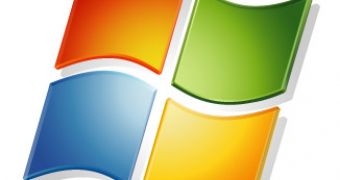The next iterations of the Windows client and server operating systems will deliver the evolution of the Dynamic Host Configuration Protocol. According to the Redmond company, the Windows 7 DHCP enhancements are designed to make the operating system embrace networks with an associated SSID. In fact, the DHCP network hint is limited exclusively to wireless networks and is supported only on Internet Protocol v4. Essentially, the feature is set up to take Windows 7's level of network connectivity in WLAN and mobile/roaming scenarios. According to the Redmond company, DHCP enhancements are valid for both Windows 7 and Windows 7 Server (Windows Server 2008 R2).
“With the increase in popularity of laptops, it is very common for users to frequently reconnect to a previously visited network. In order to improve user experience in roaming scenarios, where the user connects back to a previously visited network where the user had a valid DHCP lease, DHCP network hint has been implemented in Windows 7 OS. DHCP network hint helps in identifying the correct DHCP configuration for a previously visited network and then using the configuration opportunistically. Network hint used in order to uniquely identify different network is SSID (Service Set Identifier) of a network,” revealed a member of the Windows DHCP Team.
The feature is set up to streamline the transition of Windows 7 client and server platforms from one WLAN to another. In this context, the connectivity process will imply by default the search for a network hint (SSID). If the new network does not return the expected hint, Windows 7 will move onward with standard connectivity tasks. However, if SSID are indeed supported, the platform will check the network hint and attempt to match it with the DHCP items cached.
“When the DHCP client matches the received network hint against the cached entries for that interface, if it finds a match and if the lease corresponding to that entry is valid, then the client uses the matched entry configuration as the DHCP configuration for that interface. If there is no match, then the client proceeds in a regular manner assuming that the network has been visited for the first time. Separate cache is maintained for each interface,” the Windows DHCP Team member added.

 14 DAY TRIAL //
14 DAY TRIAL //